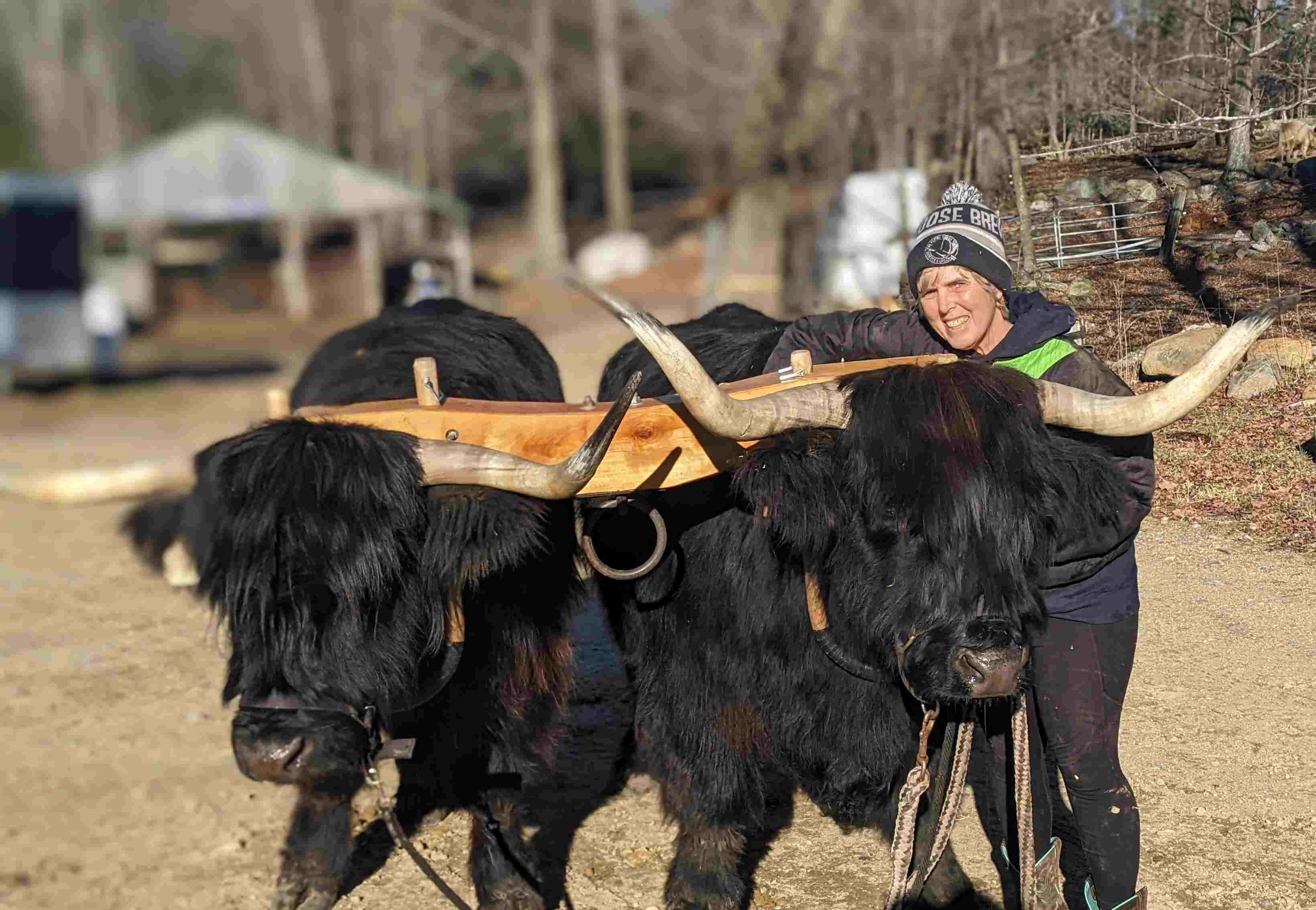Mother Nature! You and Your Shenanigans
posted on
February 7, 2021

Because of last summer's drought, hay, if you can find it, is three times as expensive as last year.
March 20 is the first day of spring, but MY winter ends whenever the spring grass is ready for my cattle to eat. The trick is to keep them fed until then.
Cows eat fresh grass in the warmer months but rely on hay for six to eight colder months. If warm weather arrives early, less hay is needed. One year, grass was ready to eat in April, another it was June. I can't predict what'll happen this year.
What Is Hay?
Hay is dried grass bound into bales to make it convenient to feed livestock. Most years, hay in New England is plentiful, but because of the 2020 drought – darn you, 2020! The grass stopped growing around July, and there is no hay if there is no grass. My hay supplier ran out of product in November.
There is some hay in Canada and New York, but given the demand and the transportation expenses, it costs $125 per bale – three times the usual cost. But even those bales are scarce.
Not Enough Hay
I purchased some expensive hay, but not enough to feed my 48 cows and steers. My only option was to sell 15 of them to other farms that could feed them. I never like to sell cattle I've raised and bonded with, but I had no choice. Cattle must eat. With a smaller herd and some of that expensive hay I bought, we'll have enough hay until the grass grows.
Frozen Water
In addition to this year's hay famine, there's the perennial frozen water problem. All creatures need fresh, clean water, and a farmer's job is to make sure they have it. Our six troughs were clear of ice until the recent sub-zero cold snap when two of them froze solid. After installing electric heaters, all but the horses' water trough thawed. All of our troughs are filled by underground water pipes. As the livestock drink, the water automatically refills the trough. Like a toilet-tank float, a ball floats on the water and closes a valve when the trough is full. It's the above-ground water that needs heat to keep from freezing. This year, the horse trough refuses to thaw; even with a heater. To provide water to the horses, we've set up a temporary trough that's filled with a hose and equipped with a heater.
Did You Forget?
Most people have forgotten the long-past drought. They've forgotten that the grass didn't need cutting for weeks last summer. Many stay inside, away from the cold, unaffected by Mother Nature's bad behavior, not worried about how to get food and water to cows and pigs.
But when the weather turns glorious, I'm reminded why I do what I do.



